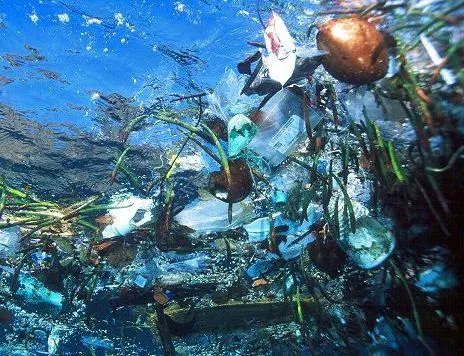Ocean Dumping
Ocean dumping is the dumping of hazardous industrial wastes into ocean areas. Dumping in oceans may sometimes be practiced safely because of the following attributes of oceans.
Why Oceans Are Used For Dumping
- They tend to dissolve and disperse the wastes three-dimensional, as contrasted to the surface use only of land resources.
- Oceans are mostly out of contact with people except for shipping and transportation – two rather ‘lowly’ uses of of water resources.
- Some pollutants may settle thousands of feet to ocean bottoms where presumably they will cause people no harm.
- The ocean is already considered a mixture of a multitude of chemical elements and compounds.
- The ocean food chains are much longer than those we experience with on-land food chains, so humans are placed further away from hazardous chemicals.

When Ocean Dumping Is Used
Ocean dumping should be used only for wastes that, when diluted fully, will offer no threat to marine life, especially the kind that serves as food for humans.
The oceans should provide enough time before reuse by humans for degradation of the hazardous industrial waste. It is important to keep in mind that the aquatic ecosystem of oceans has a finite assimilative capacity for a particular contaminant without significant deleterious effects. The assimilative capacity of any particular ocean area is determined by physical processes such as mixing currents, geomorphology, types of sediments, and types of water chemistry and biology.
Reference: Abdullah-Al-Muyeed & M. Habibur Rahman
